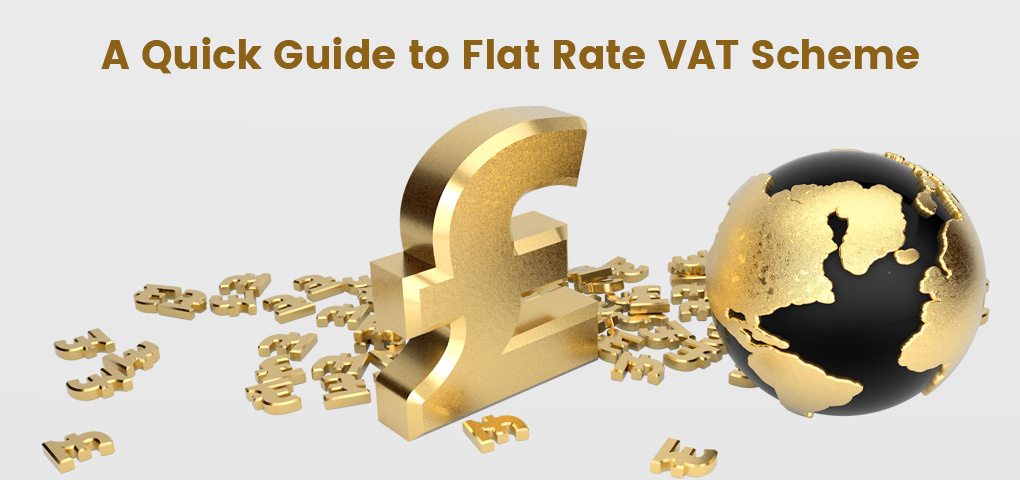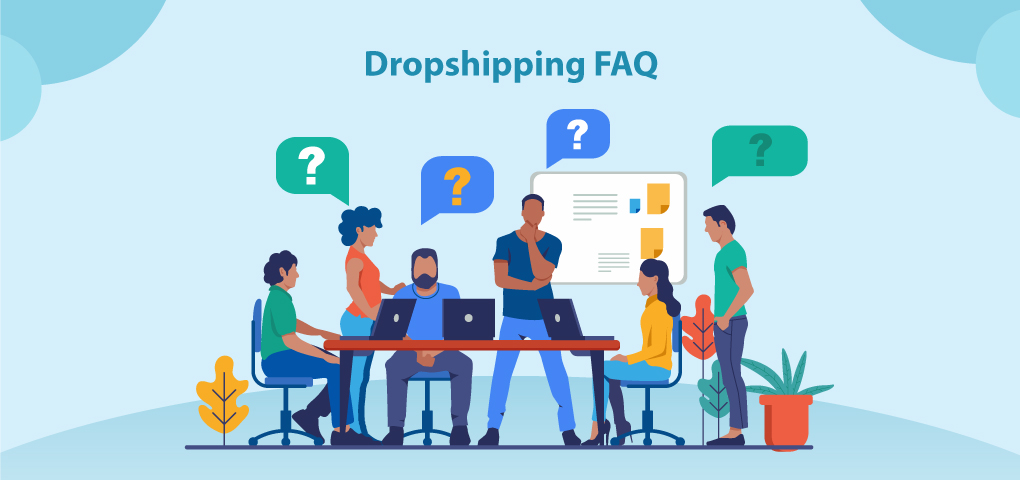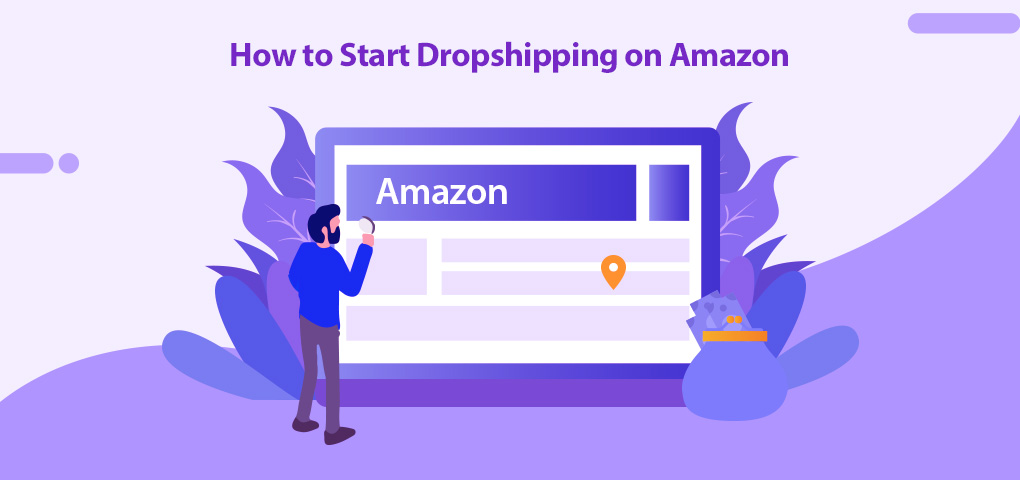Several business owners view value-added tax (VAT) as an unnecessary expense that reduces their overall profit. Calculating and entering these details can be a tremendous amount of work. Under the flat rate VAT scheme, a firm pays a static portion of its yearly income to Her Majesty’s Revenue and Customs (HMRC). It removes the bottleneck that small businesses encounter while filing their returns. Moreover, the actual figure varies with business categories. When you sign up as a ‘limited cost business’, you get a 1% discount for your first payment.
Standard VAT Scheme vs Flat Rate VAT Scheme
Understanding the Standard VAT Scheme
This is a style of filling and paying your VAT returns as they occur (intermittently). Rather than make payments when a business year ends, you do this in four tranches. Also, you will get any reimbursement arising from greater input tax quarterly. You calculate the amount payable by deducting the VAT due to your costs from your total sales. With this arrangement, you have to remit the 20% tax you levied on sales in the preceding quarter. Asides from the predetermined amount, you get to keep the difference remaining from what your customers paid. Moreover, there is no provision to recoup VAT from what you buy even it exceeds ₤2,000.
Advantages of Standard VAT Scheme
- You can recoup the amount paid to import your stock items from your customers. As a result, paying VAT is not a ‘sunk’ expense but a recoverable one at the end of each quarter.
- If you sell essential personal items (like zero-rated goods), you pay zero tax. However, if you incur taxes, you can ask for a reimbursement.
- Being VAT-able increases your brand perception and credibility in the marketplace. Clients see you as a law-abiding citizen that is contributing his or her quota to national development. Besides, it opens you up to more business opportunities.
- You can readily present receipts and invoices with your VAT number to clients because of the attached benefits.
Disadvantages of Standard VAT Scheme
- It takes a massive amount of work to set up proper business structures and registrations. Thus, it demands time and monetary commitment from the business owner.
- It is a recurrent activity; thus, you need to devote resources to tidy your financial documents.
- If the VAT figures from your sales surpass those from your imports and purchases, you will pay the deficit to the HMRC. Several enterprise owners hate this because it reduces their profit margins.
- Levying VAT against your products and services will increase their selling prices. Thus, it may make you less competitive.
Understanding Flat Rate VAT
This payment method is exclusive for smaller brands with lower operating expenses and yearly turnovers. For instance, independent contractors, freelancers, Information Technology (IT) Experts, and beauticians. It is ideal for a 'limited cost trader' if you spend less than £250 every quarter on new products or services. If the total amount of your goods is less than 2% of your earnings, you are also qualified. At the current rate, you pay 16.5% of your gross income to the appropriate agency.
Meanwhile, if your capital expense surpasses £2,000, you can seek reimbursement from HMRC. You cannot insert zero-rated items like food, drink, power bills, or other essential expenses into your VAT document. Ensure that you levy this payment against your gross earnings and not your net earnings. As a result, you can reduce your VAT payable by a significant amount. Also, separate your various sources of income to prevent undue taxes on your non-business earnings. Besides, if you run multiple businesses, you may be ineligible for this offer. Once your turnover increases beyond the limit, you can no longer enjoy its benefits.
Advantages of Flat Rate VAT
- It allows micro and small business owners to focus on their core operations that generate income.
- It is simple, seamless, and straightforward. Under the flat rate VAT scheme, you face minimal bottlenecks concerning calculations and remittance.
- Many sole proprietors and independent consultants lack the skill to keep their books in perfect order. Thus, it covers their incompetence in this regard.
- You have a chance to increase your profit margin every quarter when you subscribe to this scheme. Since your customers will still pay the normal VAT rates, you will pocket the deficit.
Disadvantages of Flat Rate VAT
- It is not open to every company category. There is a set of characteristics to measure your firm against to ascertain your eligibility.
- If your sales VAT surpasses VAT on your purchases and imports, you cannot request reimbursement.
- This initiative covers all possible sales, including zero-rated goods. For some enterprises, this will increase their outgoing taxes and subsequently reduce their profits.
- Companies that import huge quantities of standard-rated products and services do not qualify for this scheme.
Does Flat Rate VAT Scheme Apply To My Business?
You can verify your eligibility for the VAT flat rate scheme by using the following criteria.
1. Have You Registered Your Business For VAT?
The primary requirement to take advantage of this tax policy is to register your company for VAT. As an indirect tax, enterprises levy the amount on their stock and remit to the government. If your annual earnings exceed £85,000, you are eligible to register. Also, if your projected revenue in the coming year will surpass this amount, you should register.
After registration, HMRC will send you a VAT certificate. On it, you will find:
- Your enterprise VAT number. You can place it on your invoice and present it for official purposes.
- The commencement date for filing your VAT earnings and remitting the payment.
- Your effective registration date. It could mean the date your revenue surpasses the limit, or when you chose to enlist yourself. Meanwhile, you can register to make the company VAT-able even if your annual revenue is less than £85,000.
2. Will Your Company Turnover In The Coming Year Be Less Than Or Equal To £150,000?
If you project your enterprise to generate over £150,000 in revenue over the next twelve months, you cannot register for the VAT flat rate scheme. It means you are making enough money to foot all your bills without government assistance. Moreover, if your revenue forecast shows that you cannot hit this mark, you are the ideal candidate for this offer.
3. When The Flat Rate VAT Scheme Does Not Apply To You?
There are certain conditions when your company cannot be a part of the programme.
- You signed out of the initiative in the previous year. If you once signed up for it but decided to leave, you cannot continue to enjoy its benefits. Rather, you will have to reapply.
- You breached the VAT law in the past year. According to the Value Added Tax Act 1994 (VATA 1994), you commit a criminal offence when:
- You intentionally fail to remit your VAT by refusing to register an account, creating a fake account, or evading altogether.
- You purchase or import products and services, knowing that the seller did not fulfil his tax duties.
- You alter your purchases or sales figures to reduce your output VAT or claim undue paybacks.
- You are a member of another VAT group. If you are an active or potential registrant of a VAT programme, you cannot switch to the VAT flat rate scheme.
- Your company has close commercial ties with another. It means that a different enterprise can dictate your operations, finances, or direction. The only allowance is if this alliance does not influence the payment of your VAT.
- Your company represents a sub-unit of a bigger commercial establishment.
4. Terms for Leaving the VAT flat rate Scheme
- When your business no longer conforms to the programme's eligibility criteria.
- Your last year's revenue (from your effective registration date) is at least £230,000. Also, if your projected earnings for the coming year will exceed this figure, you cannot remain a registrant of this initiative.
- You project to generate a gross income of at least £230,000 in the coming month.
Flat Rate VAT Percentages
Your business category determines your VAT rate. It is advisable to read the list of businesses carefully before choosing a sector. All sectors have their attached flat rate VAT percentages.
- Accountants, bookkeepers, and outsourcing agents for financial services are liable to pay 14.5%.
- Advertisers, agents and consultants will pay 11%.
- Players in the agricultural value chain, including machine operators, breeders, and other farm support services will pay 11%.
- If you cannot find a relevant category for your company, your VAT flat rate is 12%. For example, funeral homes, medical and dental activities, driving tutors, and telecommunications operators.
- People who render architectural, engineering, or surveying services on construction sites incur a 14.5% payment.
- Animal care workers are liable to a 12% payment.
- Caterers, food canteens, restaurants, and takeaway joints will pay 12.5%. Due to the pandemic, these people will only pay 4.5% VAT until March 31, 2021.
- Computer Experts, IT Specialists, and those involved in data processing will pay 14.5%.
- Computer hardware repairers incur a 10.5% VAT flat rate.
- Authors, bloggers, dance tutors, artists, and others in the entertainment or journalistic segment will pay 12.5%.
- Real estate consultants, facility managers, and property managers are liable to pay 12%.
- Traditional media practitioners such as television and radio stations will pay 13%.
- Credit and financial institutions incur a 13.5% VAT flat rate.
- Players in the forestry and fishing value chains such as loggers, anglers, and fishpond owners are liable to a 10.5% VAT flat rate.
- All professionals on a construction site like contractors, renovation consultants, plasterers, painters, and electricians will pay VAT of 9.5%.
- Beauticians and those rendering similar services will pay 13%.
- Hotels, hostels, motels, and similar hospitality outfits will pay 10.5%. However, because of the coronavirus, they will pay 0% VAT until March 31, 2021.
And so on.
In conclusion, you have to really know what the flat rate VAT is, what kind of business to venture into if you would intend to incur it or not, what percentages each business sector incurs and finally how to calculate the amount you would be taxed per business.
How to Calculate Flat Rate VAT?
If you have wondered about how to calculate flat rate VAT, here is a four-step process to calculate the total amount you will remit to the HMRC.
- Determine your business category.
- Select appropriately from the flat vat rate percentages.
- Calculate your gross earnings plus VAT.
- Multiply your gross earnings plus VAT with your flat vat rate to get your payable VAT.
Example:
A customer buys a product worth ₤2,000 from your store. When you add your output VAT of 20%, the total amount the customer pays is ₤2,400.
As an IT Consultant, you have a fixed rate of 14.5%. Therefore, you multiply ₤2,400 by 14.5% to get ₤348. You will pay this amount to the HMRC.
Meanwhile, you can use a flat rate VAT calculator to make the process even simpler. FreeAgent is an excellent solution to calculate multiple flat rate vat percentages. It has a beautiful and intuitive interface. Interestingly, it has a four-step process.
- Use the drop-down command to choose the most appropriate segment for your business. Also, you can click on the ‘limited cost trader’ feature if it applies to your enterprise.
- Fill in your current VAT details using the three rectangular boxes, namely output VAT (or VAT on goods bought and services rendered), VAT amount remitted to or reimbursement from the HMRC, and gross income without VAT.
- If you bought capital goods within the last VAT period, enter the figure of the associated VAT into the available space. Otherwise, leave it empty.
- Press the ‘Calculate Now’ button to set the algorithm into action. In a short while, your flat rate vat will appear on the screen. If you want to perform another calculation, press the ‘Reset’ button.
Moreover, there is a disclaimer to absolve them of damages due to using the platform.
Final Thoughts on Flat Rate VAT Scheme
For a small venture, knowing how to calculate your flat rate vat can prove to be lifesaving. Compared to its standard rates counterpart, it takes the stress off you and gives you a chance to recoup the money you spend on VAT. Subsequently, you can increase your profit margin. To take this even further, you can use a flat rate vat calculator. It is faster, easier, and comprehensible.
For more helpful information, please stay tuned! saleyee.com is always here to help you start and grow your online business.




